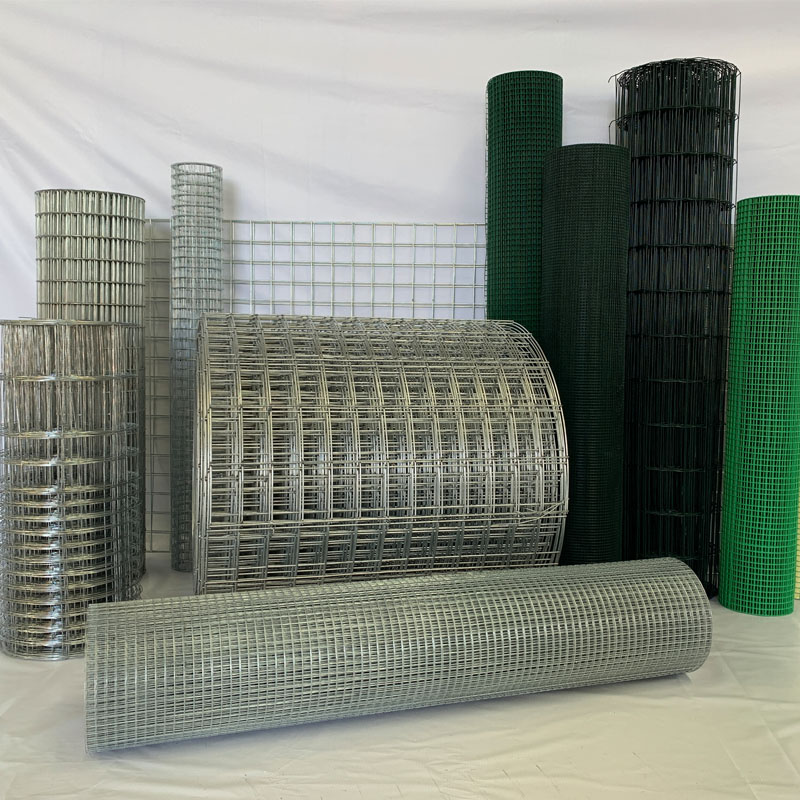mesh wire dimensions
Understanding Mesh Wire Dimensions
Mesh wire is a versatile material used in a wide range of applications, from construction to agriculture, gardening, and industrial settings. Understanding the dimensions and specifications of mesh wire is crucial for selecting the right type for a given project. In this article, we will delve into the key aspects of mesh wire dimensions, their significance, and how they impact functionality.
What is Mesh Wire?
Mesh wire typically refers to a network of interwoven metal wires that form grids or openings. This material is commonly classified into different types, such as welded wire mesh, woven wire mesh, and hexagonal wire mesh, each serving unique purposes driven by their structural characteristics. The dimensions of mesh wire include thickness, mesh size, and wire gauge, which play a vital role in the material's applications.
Key Dimensions to Consider
1. Wire Gauge and Thickness The wire gauge is a critical dimension in determining the strength and durability of mesh wire. It is typically measured in AWG (American Wire Gauge) or SWG (Standard Wire Gauge). The lower the gauge number, the thicker the wire, making it more robust and better suited for heavy-duty applications. For example, a 10-gauge wire is significantly thicker than a 20-gauge wire and can withstand more pressure and weight.
2. Mesh Size This term refers to the size of the openings formed by the intersecting wires. It is commonly expressed in inches or millimeters and can significantly vary depending on the application. For instance, in agricultural applications, larger mesh sizes (like 2-inch openings) might be suitable for fencing livestock, while smaller openings (like 1/4 inch) are necessary for preventing smaller animals or pests from entering a garden.
3. Sheet Size The overall dimensions of the mesh wire sheet or roll are also critical when planning a project. Common widths may range from 36 inches to 72 inches, while lengths can vary considerably. Understanding the available sizes helps in estimating the quantity required for specific jobs and minimizes waste.
mesh wire dimensions

4. Opening Shape and Configuration While square and rectangular openings are the most common, mesh wire can also come in various shapes depending on its intended use. Hexagonal wire mesh is frequently utilized in agricultural settings for rabbit-proofing areas, whereas square mesh is often favored in construction for concrete reinforcement.
Applications of Mesh Wire
The choice of dimensions heavily influences the application of mesh wire. In construction, welded wire mesh, reinforced with thicker gauges and smaller mesh sizes, is commonly used for reinforcing concrete slabs. In contrast, thinner gauges with larger openings are ideal for making cages and enclosures in the agricultural sector. Furthermore, wire mesh is widely utilized in industrial settings, providing safety barriers and filters due to its customizable dimensions.
Importance of Selecting the Right Dimensions
Selecting the appropriate mesh wire dimensions for a project is essential to ensure structural integrity and functionality. Using mesh that is too weak or improperly sized can lead to project failures, safety hazards, and additional costs. Therefore, it’s vital to evaluate the requirements of the application carefully, considering the load-bearing capacity, environmental exposure, and aesthetic preferences.
Conclusion
In conclusion, understanding mesh wire dimensions— including wire gauge, mesh size, and sheet size—is fundamental to selecting the right product for various applications. These dimensions dictate not only the strength and durability of the wire but also its suitability for specific tasks. Whether used in construction, agriculture, or industrial settings, the right mesh wire can significantly enhance the project's quality and efficacy, underscoring the importance of informed decision-making in material selection.
-
Space-Saving Chain Fence Hacks Vertical Gardening with Cyclone MeshNewsJul.16,2025
-
Innovations in Iron Nail Wire Production for Modern ConstructionNewsJul.16,2025
-
Creative Uses of Wire Netting Fence in Modern Landscape DesignNewsJul.16,2025
-
Barbed Wire Fence Innovations in Anti-Climb TechnologyNewsJul.16,2025
-
Architectural Uses of Umbrella Nails for Aesthetic Roof DesignsNewsJul.16,2025
-
Architectural Uses of Razor Barbed Wire in Secure Urban DesignNewsJul.16,2025




